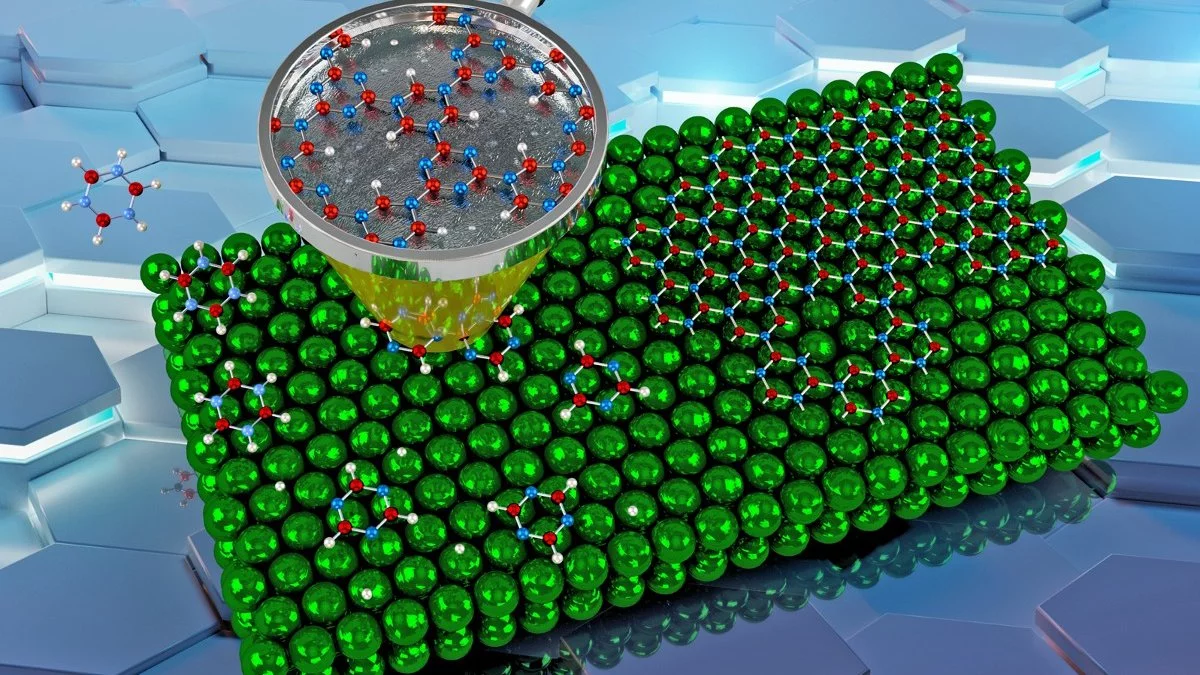Quantum calculations conducted by scientists at the University of Surrey enable the discovery of new “phases” of two-dimensional (2D) material that can be employed to build next-generation fuel-cells devices.

Image Credit: University of Surrey
The calculations helped the research of Graz University of Technology to develop of hexagonal boron nitride (h-BN), one of the most exciting 2D materials. It has a honeycomb crystal structure that is most similar to that of graphene, the most popular 2D material.
The nanoporous phases discovered during our research are not of purely academic interest—they offer the potential for applications such as sensor materials, nanoreactors, and membranes. This work illustrates that fundamental physics and chemistry offer routes to truly relevant nanotechnology applications.
Dr. Anton Tamtögl, Project Lead, Graz University of Technology
Ultra-thin 2D materials are usually produced by exposing a hot metal surface to a particular gas, which leads to the gas decomposing on the metal and, thereby, creating the preferred 2D material. It is challenging to observe the development of 2D materials in the many intermediary steps that take place before the 2D material is completed due to the hot temperatures involved.
The outcomes achieved by Graz’s group show that other 2D surface structures can be separated before h-BN is formed.
Quantum mechanical calculations headed by Dr. Marco Sacchi of Surrey have enabled coworkers to understand that these ordered structures are built by uniformly spaced holes (known as nanopores) of h-BN. These open structures have been found for the first time, and their function in the growth of h-BN has been observed.
We proved that the combination of experiments and quantum chemical calculations can provide new and important insight into the growth of 2D materials. We are already planning to employ our method for studying the growth of other 2D materials, and we are working with international collaborators to find ways to accelerate the development of these promising materials.
Dr. Marco Sacchi, University of Surrey
Anthony Payne, co-author from the University of Surrey, stated “These nanopores are unlike anything seen before and may open up a new generation of nanomaterials with exciting possibilities in nanotechnology and catalysis.”
“Finding a new phase for such a well-known and technologically important 2D material is like discovering a completely new species of butterfly in your own garden,” added Adrian Ruckhofer from Graz University of Technology.
Journal Reference
Ruckhofer, A., et al. (2022) Evolution of ordered nanoporous phases during h-BN growth: controlling the route from gas-phase precursor to 2D material by in situ monitoring. Nanoscale Horizon. doi.org/10.1039/D2NH00353H.